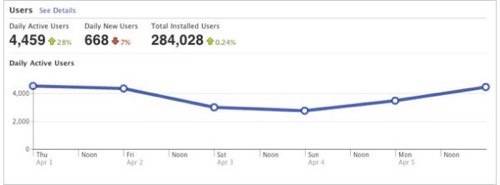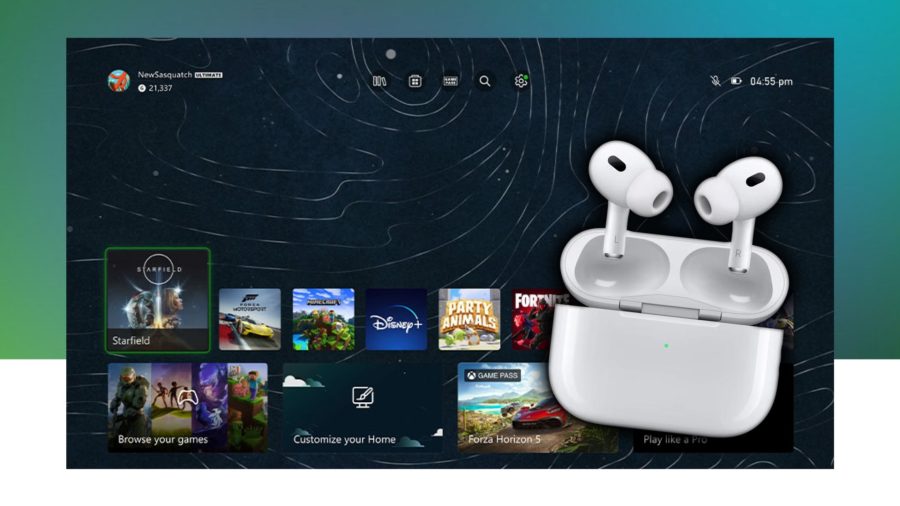At its annual F8 conference today, Facebook announced its new Facebook for Web Sites platform. Besides the new Graph API and all the plugins and new features Facebook developed on top of this, the company will also offer a new version of its Facebook Insights analytics service. Currently, Insights provides users data about their Facebook fan pages and social ads. Now, however, Facebook is taking this a step further and will also give users who implement Facebook’s new features on their sites data about the people who share content from these sites, “no matter where those shares originated.”

Note: Facebook will share more information about these new analytics features during an F8 breakout session at 3:30pm PT and we will update this post once we learn more. The new Insights page is already live and getting it to work involves nothing more than adding a short meta tag to your site.
Taking Web Analytics to the Next Level
This new service, according to Facebook, will give developers “detailed analytics about the demographics of [their] users.” Today’s web analytics systems like Google Analytics can give publishers detailed information about how many people come to a given site and where they came from. A developer who uses Facebook for Web Sites will be able to gather more detailed demographic information about these users.

With this update, Facebook Insights isn’t just about Fan pages and Social Ads anymore (where Facebook already gives publishers very detailed demographic data), but it also allows publishers to track what happens to a link once it is shared.
Partly, this also connects to Facebook’s new caching policy, which now allows developers to store their users’ Facebook data permanently. Until today, developers who used Facebook Connect had to delete this data after 24 hours. Now, however, when users grant an application permission to store their profile data, they give these developers their age, location, gender, number of friends and a number of other data points about them.
The new version of Insights will also now show publishers and developers where traffic to a given Facebook application is coming from (both internal FB traffic and external referrers). In addition, developers can now see how many users declined to give an app permission to access their Facebook profiles.
Privacy Implications?
This update will surely have some interesting privacy implications. Thanks to the new permissions dialog, however, it should now be easier for users to see which information they will share with a third-party application.





















